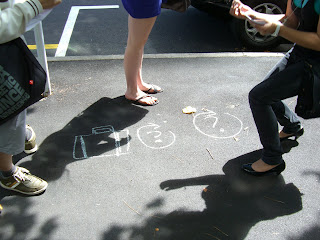Theme became my starting point for my research and since we were to "explore the relationship between the body and the computer" I began thinking about our relationships with computers in the modern day.
In the current age computers are a big part of many people's lives, and they allow us to achieve a great many tasks for a great many reasons. One function that is used by most people in one form or another is social networking. Online we are able to control the flow of information from ourselves about ourselves; this opens up a great deal of possibilities for us as far as identity goes. We can be entirely honest, embellish the truth to appear our absolute best or we may choose to be another person entirely. Arguably the online self we create may be closer to our 'real' self than the 'physical' identity we present when we interact in the flesh because we are in control of how we appear to other people and it is not as affected by factors such as physical appearance.
In the past we had only our 'physical' identities to present ourselves with, today we have both our 'digital' or 'elective' selves also. For my assignment I have decided to look to the future to a time when we could combine these two selves back into one, where we could change our appearance at will, clothes that morph and can be changed to demonstrate mood, fake confidence or display anything the wearer chose to share with the world. This adaption would work in the same way as an update on Facebook and would always be up to date and customised to the individual.
The below video by Nancy Tilbury is a thought provoking possible direction for future fashion, it is definately odd, but very arty and I like the way that her models fashion often comes from within themselves.
Digital Skins Body Atmospheres from Nancy Tilbury on Vimeo.
The ability to change is what I want to create in my garment and I think that this will be a point of difference and much more exciting than than all the change occurring through Max on the screen.




















